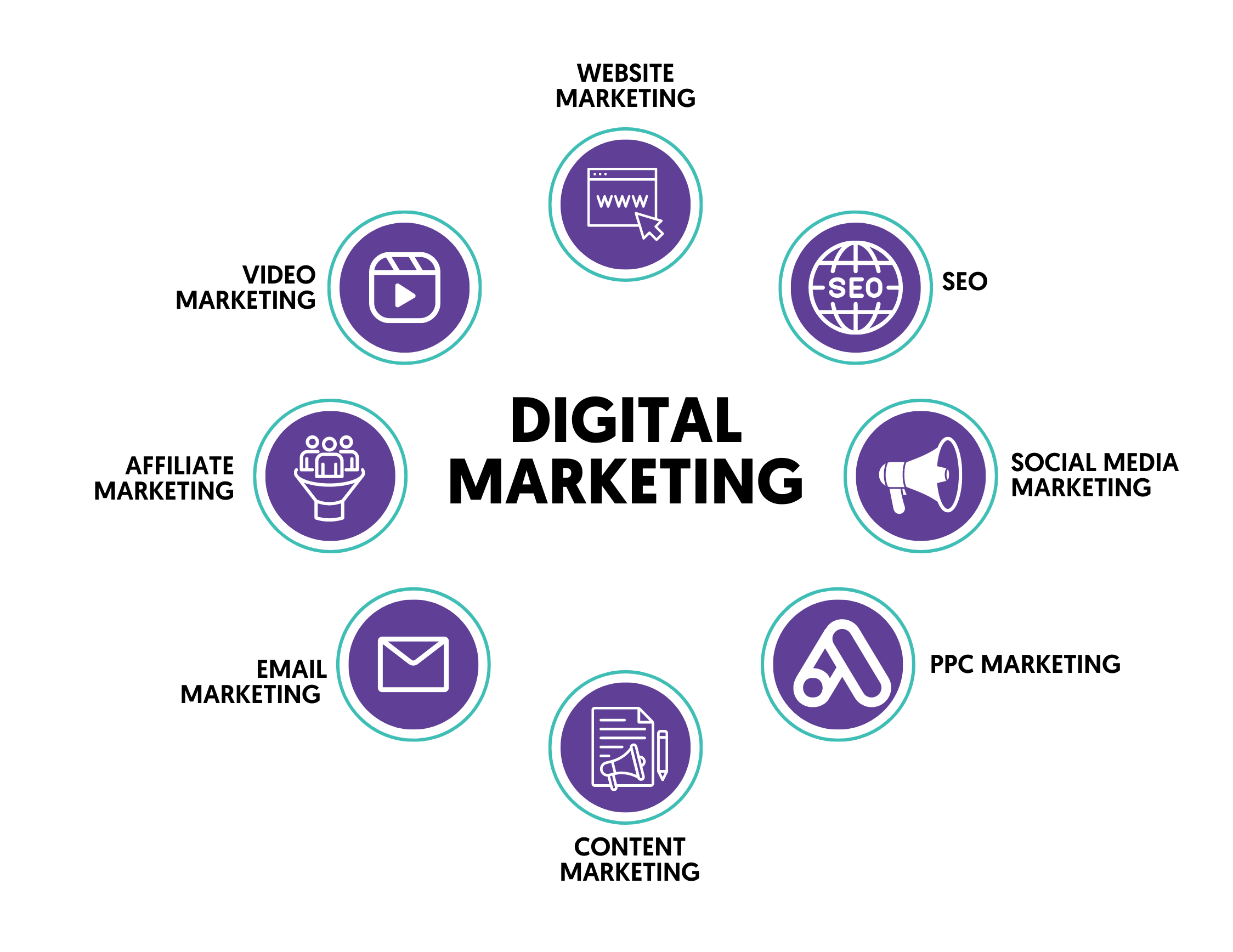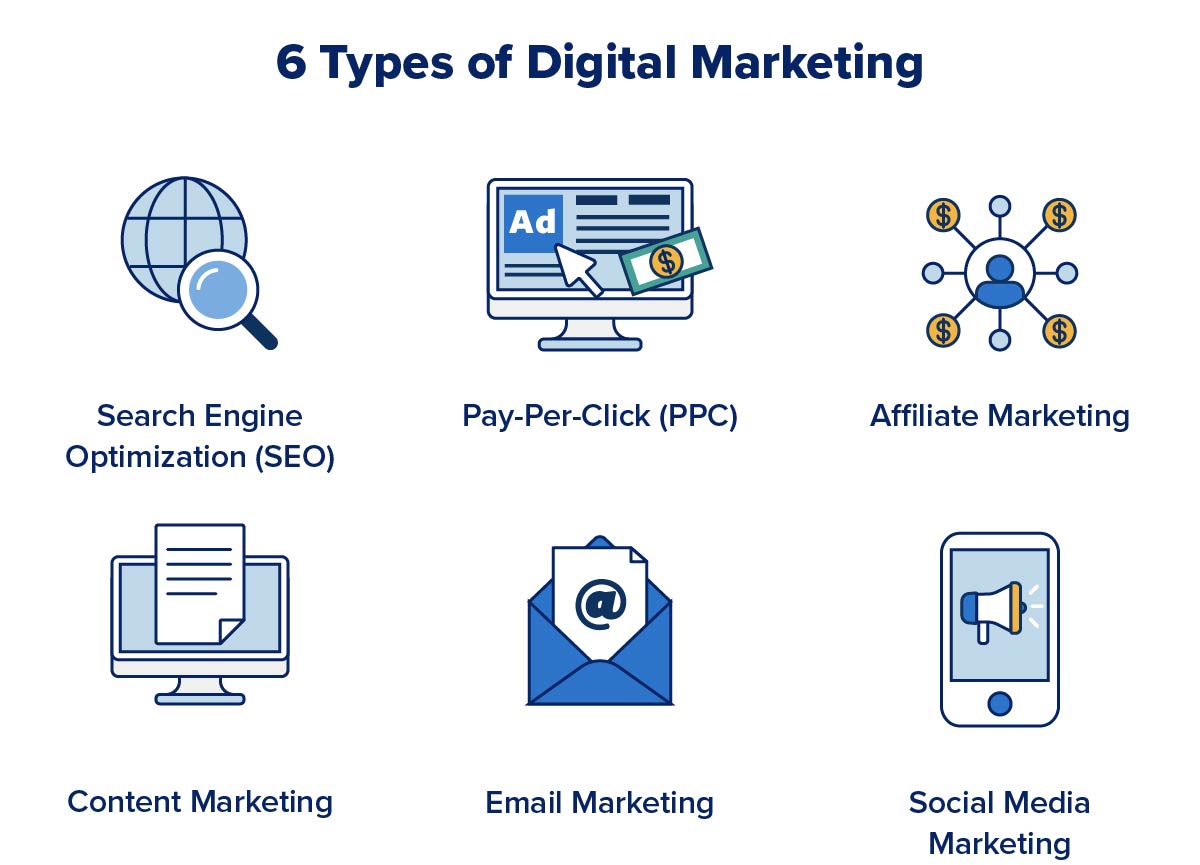Enhance Customer Experience and Drive Traffic With Responsive Internet Layout
In today's digital landscape, where customers are accessing internet sites from a multitude of tools, responsive web style has actually come to be more vital than ever. With its ability to adapt and perfectly change to different screen sizes, responsive design not just boosts customer experience yet additionally drives website traffic to your internet site. Why is this layout strategy so critical? Just how does it improve individual interaction and boost site traffic? In this conversation, we will certainly check out the essential elements of effective receptive style, look into the best techniques for its execution, and reveal the keys to improving individual experience while driving more website traffic to your web site.
Why Receptive Website Design Matters
Receptive website design is a necessary aspect of modern-day web growth due to its capacity to guarantee optimum user experience throughout various tools and display dimensions. With the proliferation of mobile phones, tablet computers, and other mobile phones, it has ended up being essential for internet sites to adapt and supply smooth functionality no matter the tool being utilized.
The main reason that responsive website design matters is that it enables customers to have a enjoyable and constant searching experience, no matter of the device they are utilizing. A receptive internet site automatically changes its design, style, and web content components to fit the display size and resolution of the device, making sure that individuals can conveniently interact and navigate with the site with no trouble or frustration.
Moreover, responsive web design also plays a significant role in search engine optimization (SEO) Online search engine, such as Google, prioritize websites that are responsive and mobile-friendly in their search engine result. By incorporating responsive layout concepts, web sites can enhance their exposure and ranking, resulting in enhanced organic traffic and possible consumers.

Boosting Customer Engagement With Responsive Layout
Optimizing individual interaction is a vital goal of responsive style, as it makes certain that users can quickly accessibility and connect with website material on any gadget. With the increasing usage of tablets and smart devices, it is crucial for websites to adjust to various screen sizes and resolutions. Responsive style makes it possible for internet sites to automatically adjust their layout and content to offer a smooth individual experience throughout gadgets.
Among the primary methods receptive style improves individual interaction is by minimizing lots times. With a receptive web site, individuals don't have to wait for separate mobile versions to lots, causing much faster accessibility to material. This enhanced speed brings about greater individual contentment and urges them to invest more time on the site.
In addition, receptive style improves user engagement by boosting navigating and interface (Web Design Carlsbad). When a web site is developed responsively, switches and menus are maximized for touch communications, making it simpler for users to interact and browse with the site on their mobile devices. This instinctive and easy to use experience maintains users involved and encourages them to discover more of the website
Moreover, responsive layout enables for better material visibility and readability. By adjusting the layout and font style sizes to different tools, responsive websites make sure that users can quickly read and comprehend the content. This boosts user engagement by reducing the requirement for zooming or scrolling to read the message.
Increasing Internet Site Web Traffic With Responsive Website Design
With the expanding popularity of smart phones, having a web site that is receptive to various display dimensions and resolutions is essential for driving enhanced web traffic. In today's digital landscape, individuals are accessing web sites from a selection of tools such as smart devices, tablet computers, and computer. Each of these tools has various display dimensions and resolutions, and if your web site is not created to adjust to these variants, it can cause a bad individual experience and a loss of prospective web traffic.
Responsive website design ensures that your website looks and functions ideally throughout all gadgets. By utilizing versatile grids, fluid images, and media questions, receptive style enables your website to automatically readjust its layout, navigating, and material to fit any type of screen dimension. This implies that users will certainly have a smooth browsing experience no matter of whether they are making use of a tiny smartphone or a huge desktop computer computer system.
Crucial Element of Efficient Responsive Layout
Efficient receptive style incorporates numerous crucial elements that make sure a seamless customer experience across various devices. Among these elements is versatile grids and layouts. By utilizing relative devices like percentages rather than fixed systems like pixels, developers can produce layouts that adjust and scale to fit different screen dimensions. This allows material to be displayed in a visually enticing and readable fashion on any gadget.
An additional important element is media questions. These allow designers to apply different styles and designs based upon the characteristics of the individual's gadget, such as display dimension that site and alignment. By utilizing media queries, designers can optimize the presentation of material for every gadget, ensuring that it is understandable and quickly available.
Receptive photos are additionally crucial in effective responsive design. Images that are too huge can decrease web page lots times on mobile tools, while photos that are also tiny may appear pixelated on larger screens. By utilizing techniques such as receptive picture resizing and careless loading, designers can guarantee that pictures are create web design appropriately sized and optimized for each tool.
Last but not least, reliable receptive design involves a mobile-first approach. This means making and focusing on material for mobile devices initially, and afterwards boosting the style and broadening for larger displays. This technique guarantees that the most crucial web content is conveniently obtainable on smaller displays, while still offering a rich experience on bigger gadgets.
Best Practices for Applying Receptive Web Layout
Carrying out responsive website design calls for cautious consideration of different best techniques to guarantee an optimum individual experience across various devices. Right here are some key ideal practices to adhere to when carrying out responsive website design.
Firstly, it is critical to prioritize mobile customers. With the enhancing prominence of mobile phones, making for mobile-first has come to be important. Beginning deliberately for smaller displays and after that gradually enhance the design for bigger displays.

One more important ideal method is to enhance photos for different display resolutions. Big images can decrease the loading time of your web site, especially on mobile tools with slower connections. Usage responsive photos that can be resized based on the tool's screen resolution to enhance performance.
Furthermore, examination your site on various gadgets and display sizes to make sure a smooth and constant experience. There are numerous testing tools readily available that can help you recognize any problems and make essential modifications.
Last but not least, prioritize usability and access. Guarantee that your internet site is simple to navigate, with clear and concise material. Make certain that your site comes to people with specials needs and follows ease of access standards.
Verdict
In conclusion, receptive web design plays a critical function in enhancing customer experience and driving traffic to internet sites. By embracing responsive style principles, internet sites can guarantee optimum checking out experiences across different tools, leading to enhanced user interaction.
Optimizing individual engagement is a crucial goal of responsive layout, as it guarantees that customers can easily accessibility and engage with internet site material on any kind of gadget. Receptive design enables internet sites to instantly readjust their layout and content to provide a seamless customer experience across devices.
Additionally, responsive design enhances customer engagement by improving navigating and individual interface.Receptive pictures are additionally essential in effective responsive style. By taking on receptive design principles, web sites can make certain optimal seeing experiences throughout various tools, leading to increased user interaction.
 Anna Chlumsky Then & Now!
Anna Chlumsky Then & Now! Alexa Vega Then & Now!
Alexa Vega Then & Now! Jennifer Love Hewitt Then & Now!
Jennifer Love Hewitt Then & Now! Michael Fishman Then & Now!
Michael Fishman Then & Now! Bernadette Peters Then & Now!
Bernadette Peters Then & Now!